

The vermilion flycatcher, a unique element in the biodiversity of Galapagos
The little vermilion flycatcher, one of the brightest and best-loved birds in Galapagos, is now at serious risk of extinction.
Through the mists of the Galapagos highlands, a small bird alights on the lichen-covered tree branch. A farmer stops his work, eyeing the bird with a quiet gaze, and a light smile comes to his face. His day is made, for the brilliant vermillion and black bird is inspiring, giving his mind a flight into a different world, far from, and yet linked to, the rain drops that fall from his hat.
In a moment the branch has resumed its greenness and the droplets trickle down the flowers and stems. Yet through the distant greyness of the sky, the song of this tiny bird is quite clear as it climbs skyward and then tumbles downward towards earth. It alights on the same branch it departed from, a centre of its territory, and where the female bird warms the small-cupped nest.
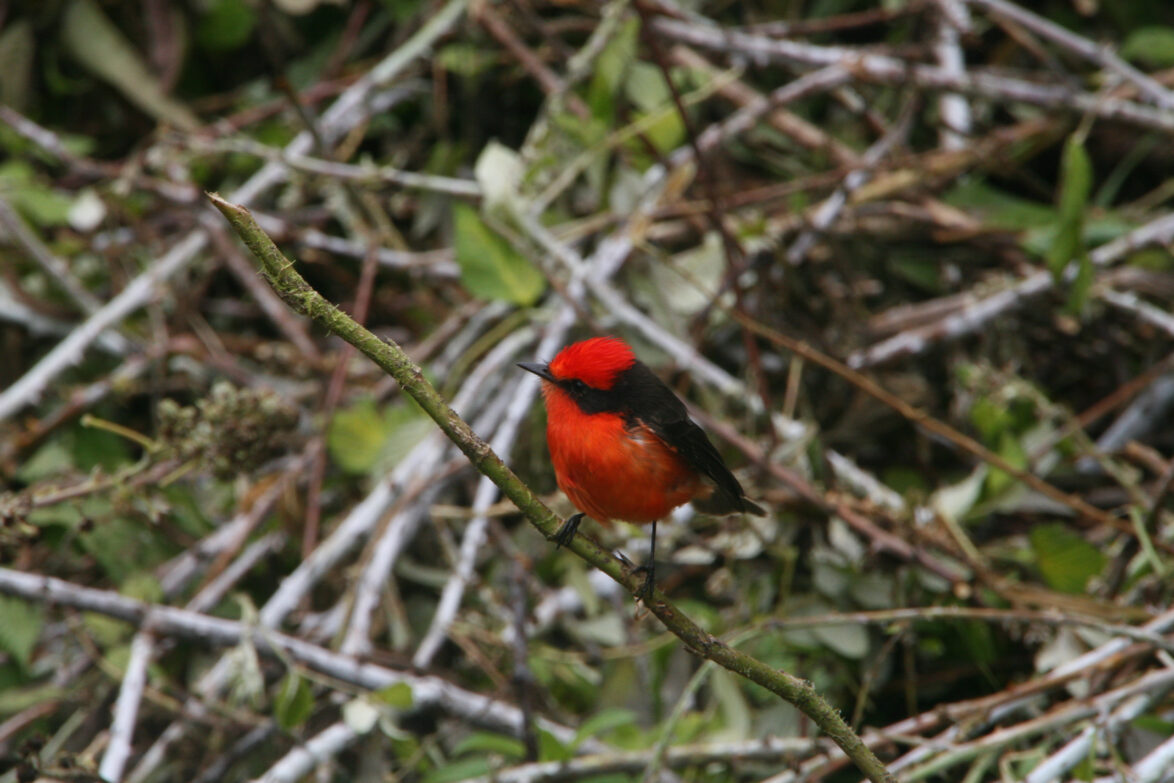
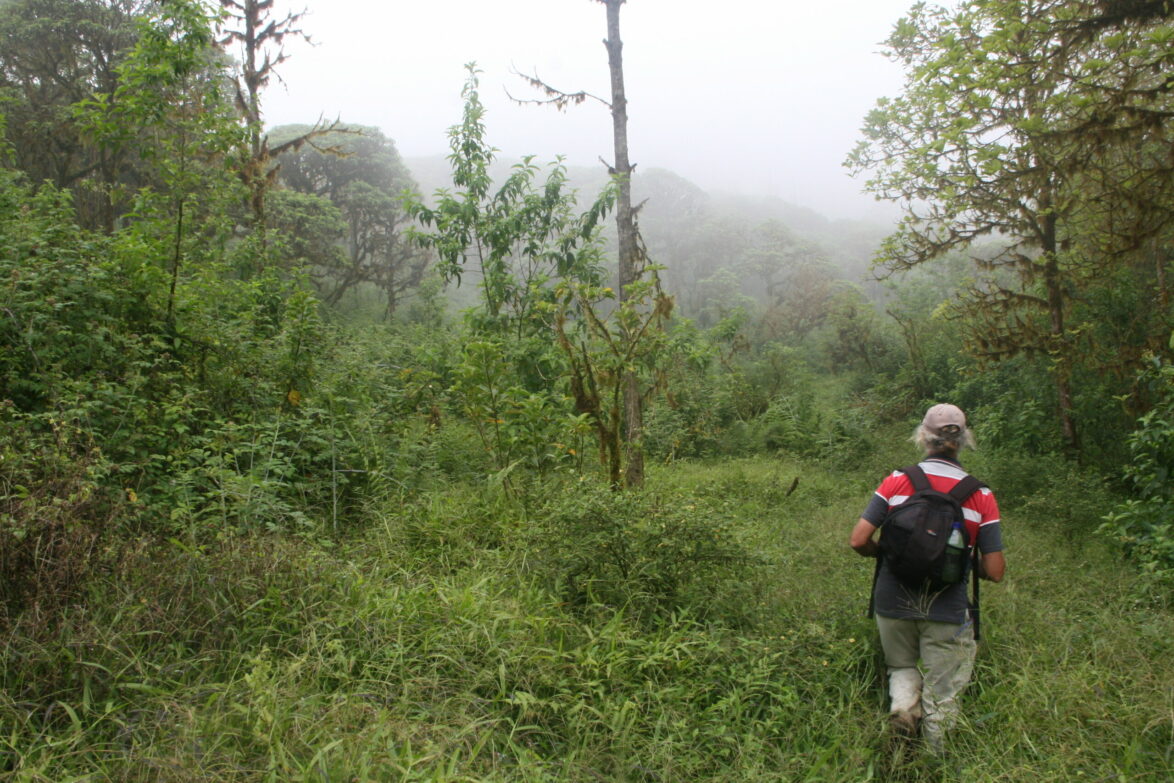
Remembering Godfrey Merlen
In May 2023, the Galapagos conservation community lost a hero: Godfrey Merlen.
The farmer, during his tough work, remembers and loves that bird and the warmth of the memory satisfies his soul.
The little vermilion flycatcher is an endemic bird, meaning it exists nowhere else in the world. It no longer flies (is extinct) over the farmland of San Cristobal island, or for that matter, over the farms of Floreana. Its status on Santa Cruz island is at high risk, being found uniquely in a remote scrub and tree forest where perhaps 30 pairs survive.
We cannot state with any clarity the reason for the rapid decline of these endemic species on human inhabited islands, perhaps it is the introduction of Philornis downsi, the parasitic fly that lays its eggs in the nests of small birds. Or perhaps it is the over use of chemicals on the farms where insects, the food of vermillion flycatchers, are reduced.
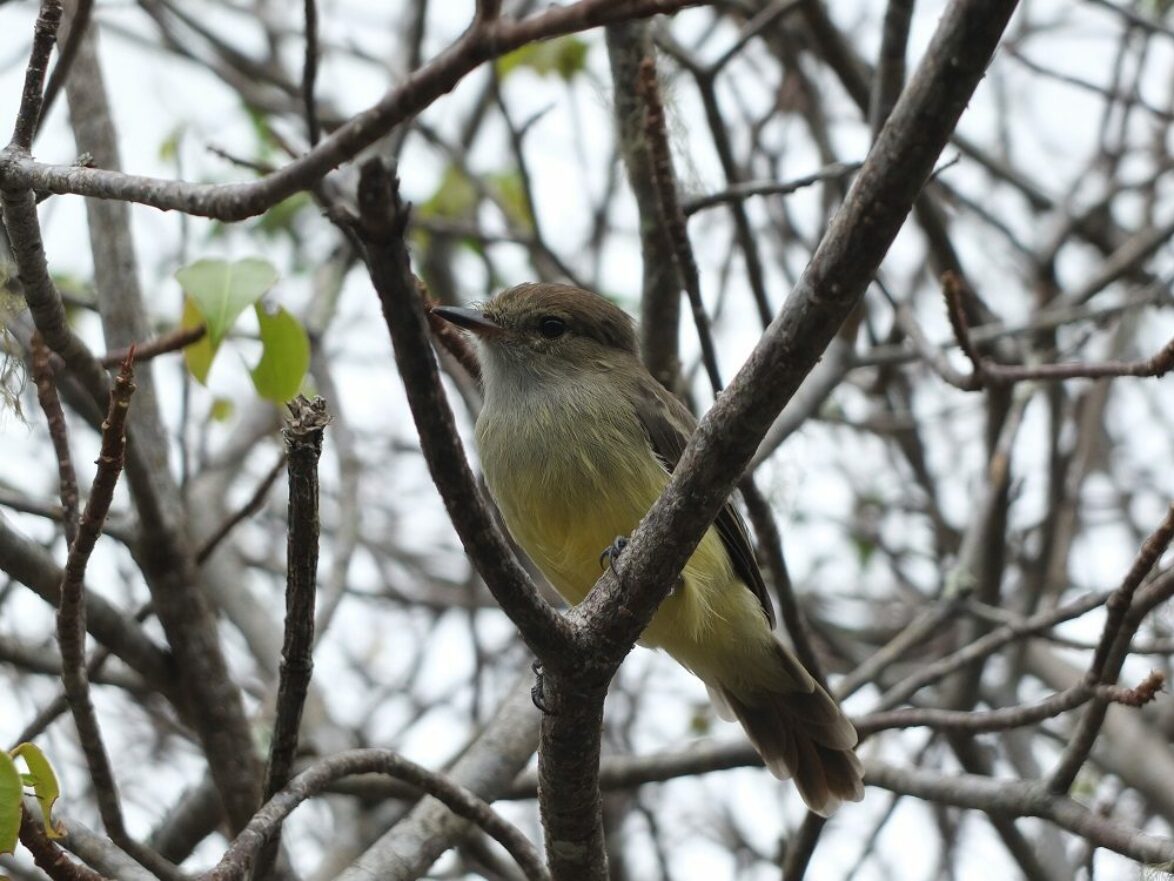
The Galapagos National Park and the Charles Darwin Research Station are deeply concerned with these losses, and with help from Galapagos Conservation Trust are making efforts to prevent the loss of this bird on Santa Cruz island. Six parcels of land have been cleared of invasive plant species, in an effort to allow native plants to sprout, and be home to the populations of insects that live on them, which are the most vital food for vermillion flycatchers. This is a three-year programme and may be the key to maintaining the remaining breeding population of this bird and eventually its expansion. We must give these creatures the best chance we can before they too disappear forever.
The point at heart is clear. It is not just the maintenance of an endemic species, a part of the unique biodiversity of Galapagos. It is a matter of the heart, the inspiration of life to highland farmers, to all those who take the time to visit the mists pervading the forest of Scalesia daisy trees, a magical place, very far from the madding world, yet saving our minds and souls.
We must give these creatures the best chance we can before they too disappear forever.
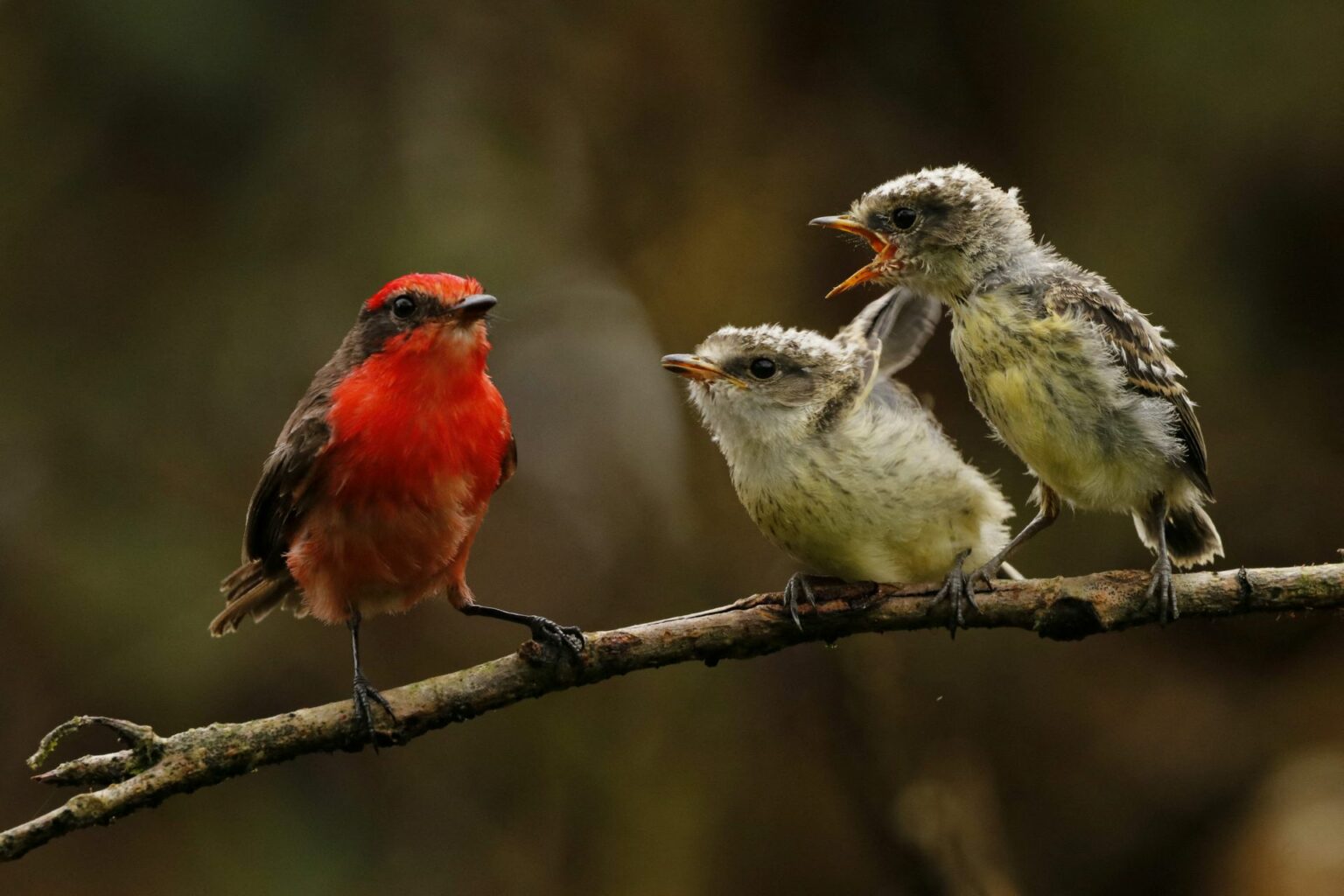
Saving the Little Vermilion Flycatcher
This project is working to save one of the most charismatic and colourful birds in Galapagos from the very real threat of extinction on Santa Cruz island.
Related articles

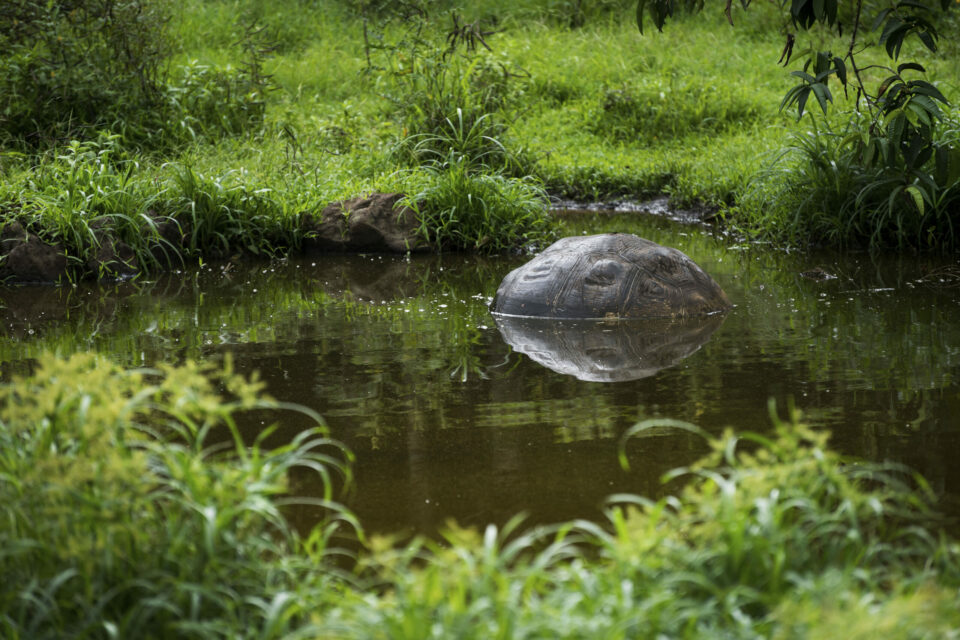
Double your donation to rewild Galapagos with the Big Give
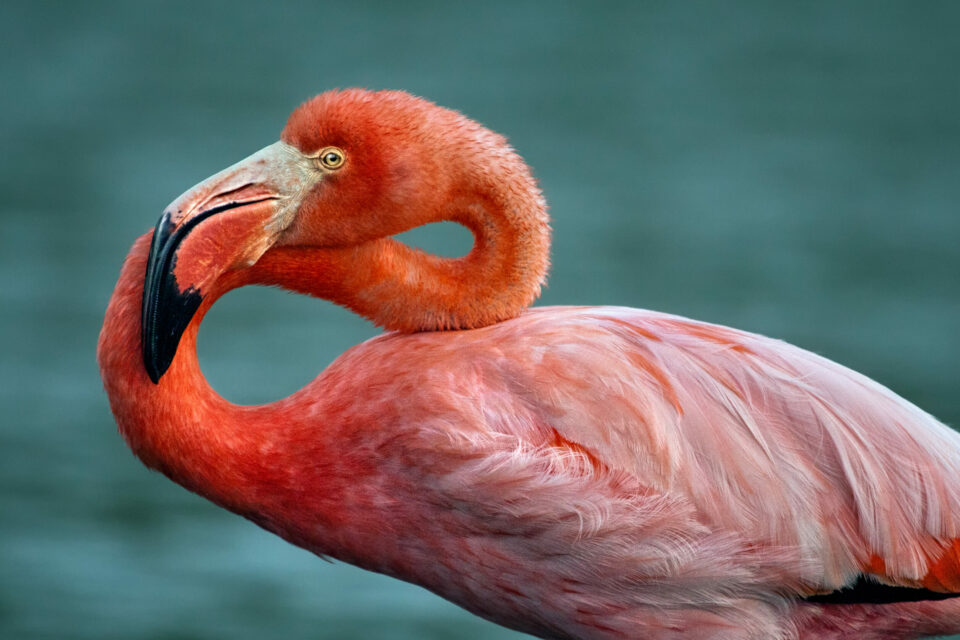
5 of the most colourful birds in Galapagos


